Couplings
Quick connection couplings for delivery operation.
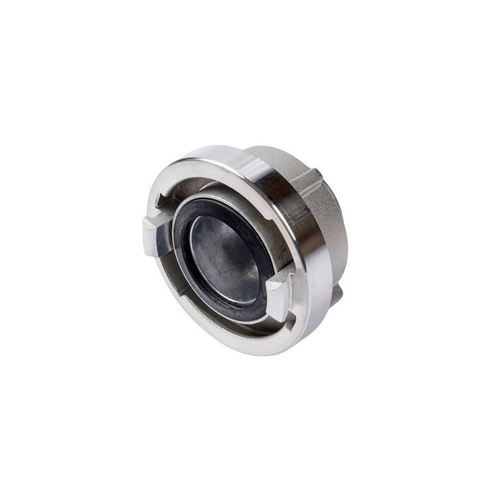
Technical information
DELIVERY COUPLINGS system: Storz
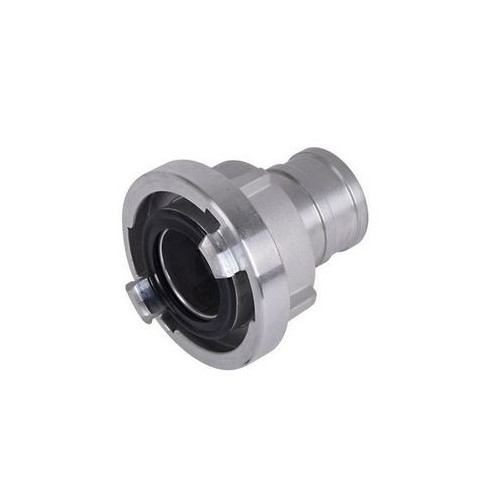
Technical information
SUCTION COUPLINGS system: Storz
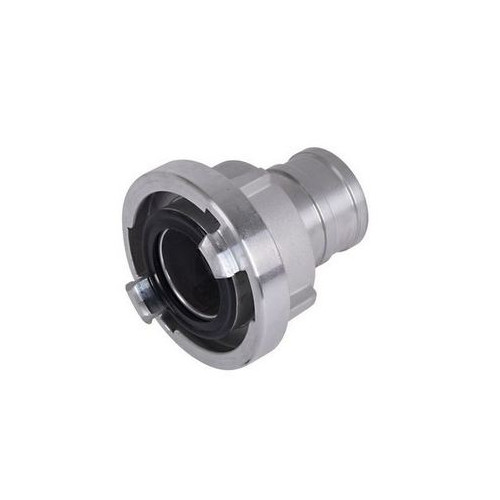
Technical information
COUPLINGS FOR SEGMENT BINDING system: Storz
Technical information
DELIVERY COUPLINGS system: Storz (ICONOS)
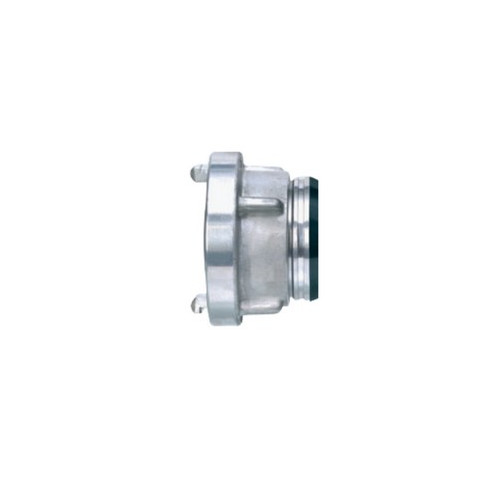
Technical information
INNOTRADE COUPLINGS
size 1 for uncoated hoses
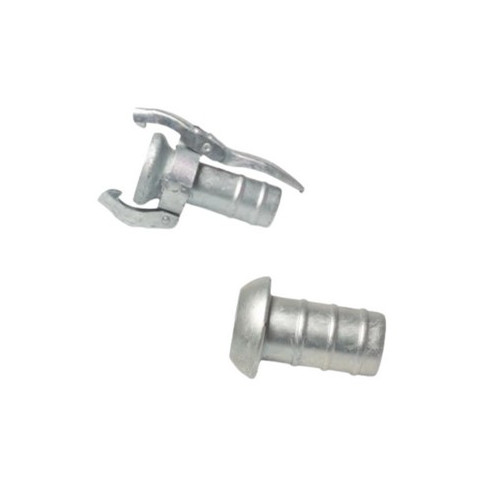
Technical information
PERROT COUPLINGS female
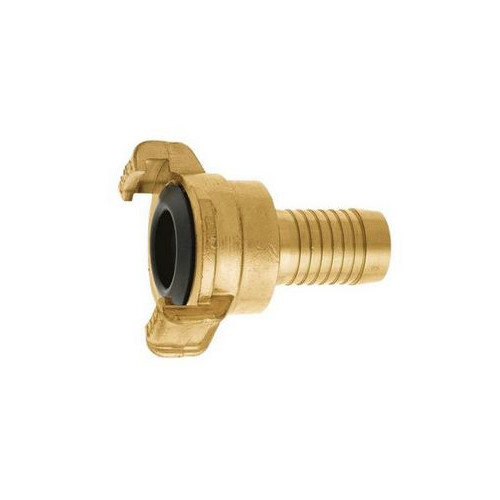
Technical information
GEKA-CLAW COUPLINGS
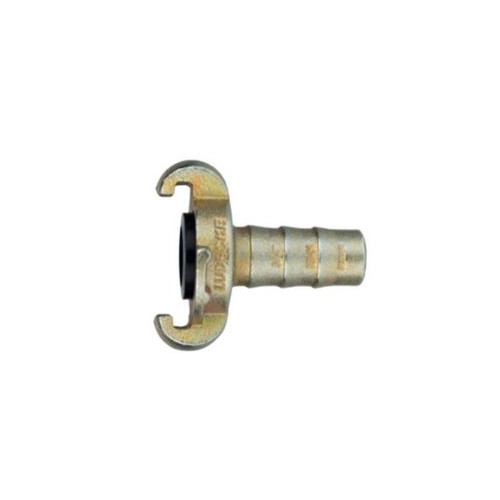
Technical information
CLAW COUPLING according to DIN 3489
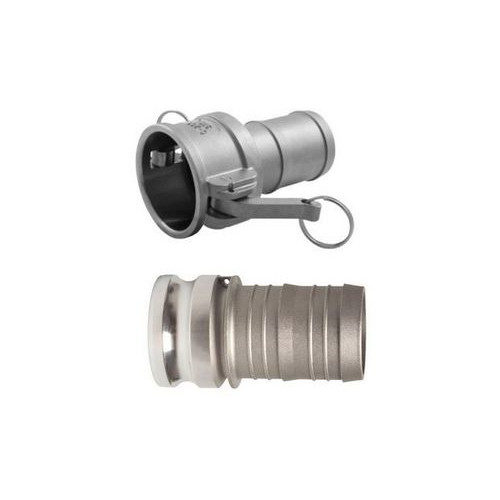
Technical information
KAMLOK COUPLING FEMALE TYPE C
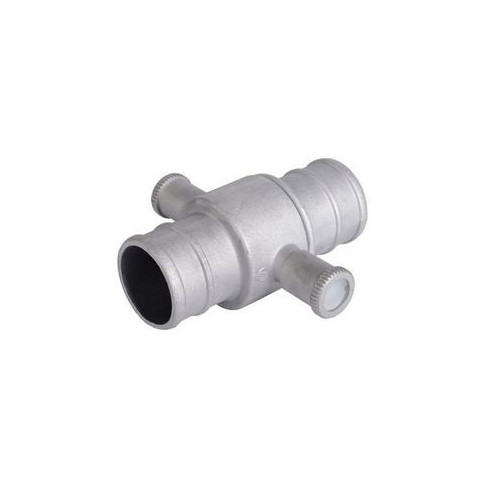
Technical information
BRITISH COUPLINGS INSTANTANEOUS
delivery couplings according to BS 336
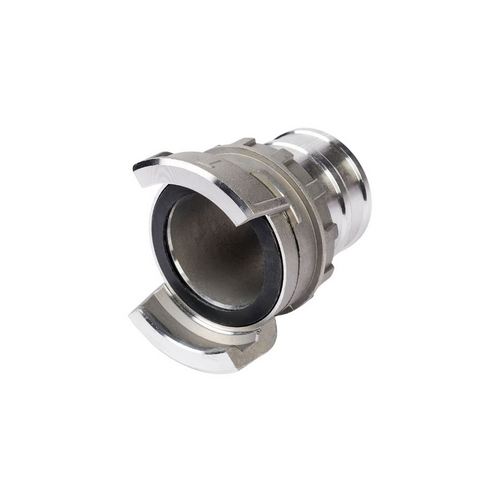
Technical information
FRENCH COUPLINGS DSP & AR
couplings according to NF S 61-701
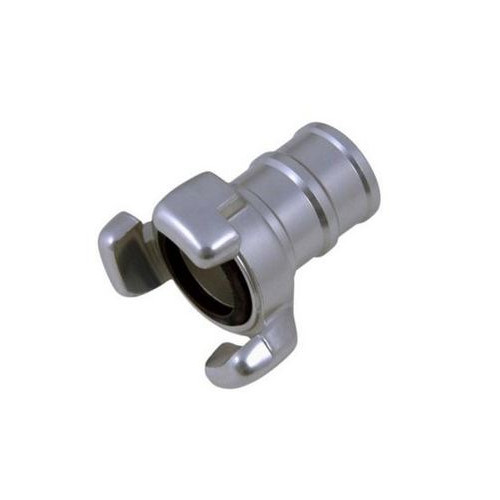
Technical information
SPANISH COUPLINGS system: BARCELONA
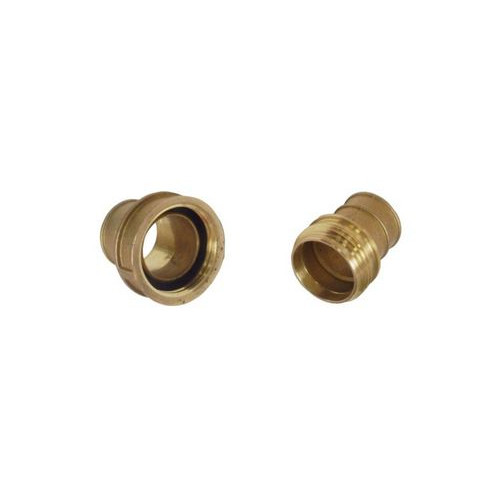
Technical information
ITALIAN COUPLINGS system: UNI
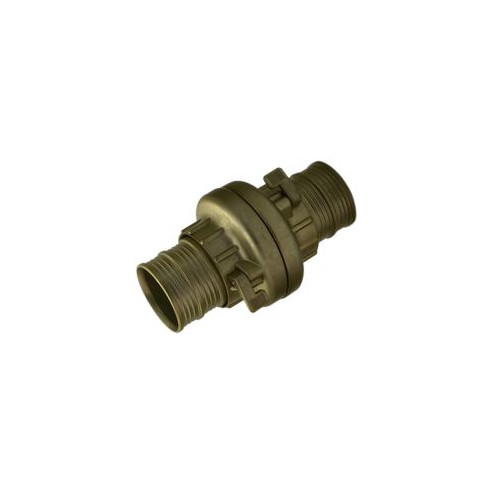
Technical information
SWEDISH COUPLINGS system: SMS
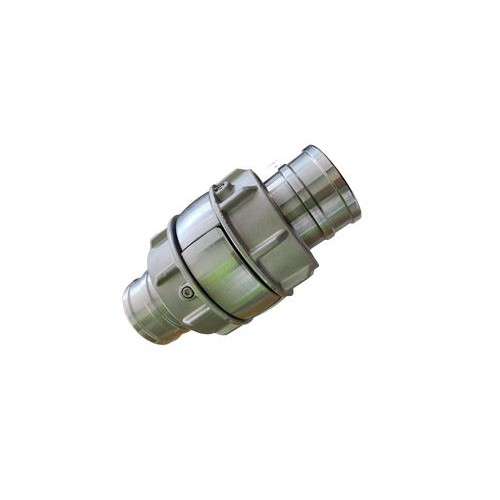
Technical information
NORWEGIAN COUPLINGS system: NOR
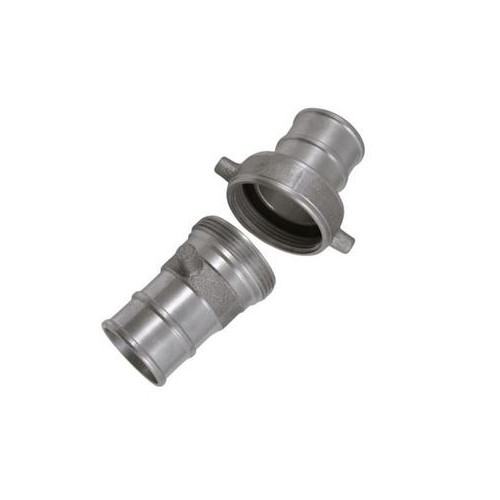
Technical information
AMERICAN COUPLINGS system: NH
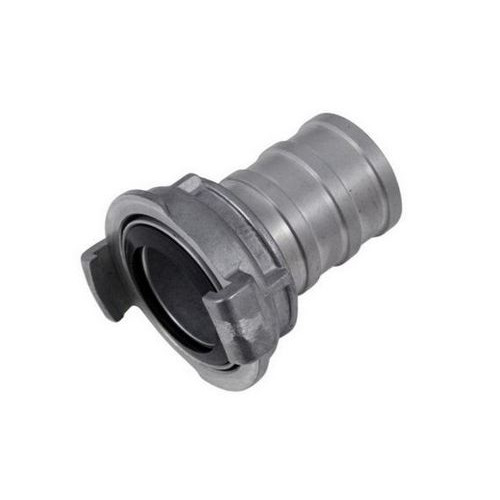
Technical information
RUSSIAN COUPLINGS system: GOST
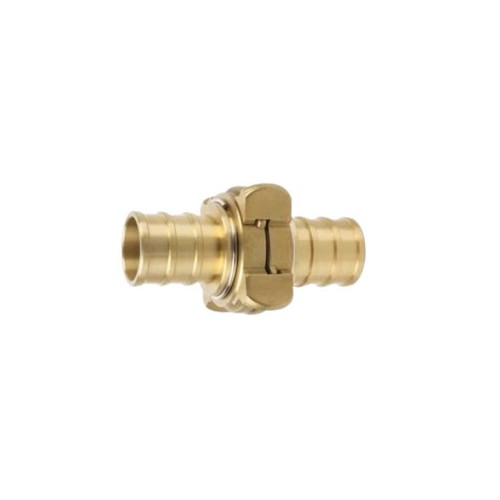
Technical information
JAPANESE COUPLINGS system: Nakajima
Couplings
Couplings are the optimal way to link hoses when things have to be done quickly and hoses need to be disconnected or connected quickly. They are flexible and are the best-known way to connect hose systems to different devices. Depending on the specific fluids or materials to be used, the pressure range and the final application, a hose coupling is the ideal choice.
Difference between coupling and screw connection
Above all, the most important feature is that hose couplings increase the speed of emergency forces. Hose screw connections, in contrast to the couplings, are fixed connections. In some cases, these can also be loosened relatively easily with an appropriate wrench, but the locking and opening time lags behind considerably. When seconds are at stake in an operation, it is precisely these that can be decisive for survival.
Shut-off systems for hose couplings
One particular advantage of couplings for industrial or fire hoses is that they can be closed or opened entirely without the use of additional tools or any other auxiliary equipment. Coupling systems used for this purpose are called:
- Open hose coupling
- Single shut-off hose coupling
- Coupling system shutting off on both sides
When disconnecting open hose couplings, please ensure that the medium transported in them can flow out. While this may not be a problem with extinguishing water, it may be harmful to the environment with other media.
When shut-off systems are used, the through-flow is prevented either on one side or on both sides at the moment of disconnection. Our advice: Always use a one-way shut-off coupling or, at best, a two-way shut-off coupling for any medium except water. An example of double shut-off systems are the dry couplings.
Symmetrical and asymmetrical couplings
Among experts, a distinction is made between symmetrical and asymmetrical couplings. The symmetrical couplings are characterized by the fact that the connection fittings can be connected in any way, as they are identical. Examples of the symmetrical models are the compressed air claw coupling and the well-known Storz coupling.
In the case of using an asymmetrical coupling, the two different parts only fit into each other. Simply put, a male part fits into a female part, but two female parts do not fit together. So-called lever arm couplings form an asymmetrical coupling system with one male and one female part and two cam levers.
Hose couplings from different materials
Hose couplings are often confronted with different requirements. It is clear to those in the field that specialized couplings made of different materials can be of great help in such cases.
- Aluminum hose couplings
- Steel hose couplings
- Brass hose couplings
- Stainless steel couplings
The low weight of aluminum hose couplings is an advantage. Handling is considerably easier. In addition, aluminum is resistant to corrosion and many chemical substances. Brass is robust. Steel couplings are hard enough to withstand prolonged use. Stainless steel couplings can also be used in areas with strict hygiene regulations.

